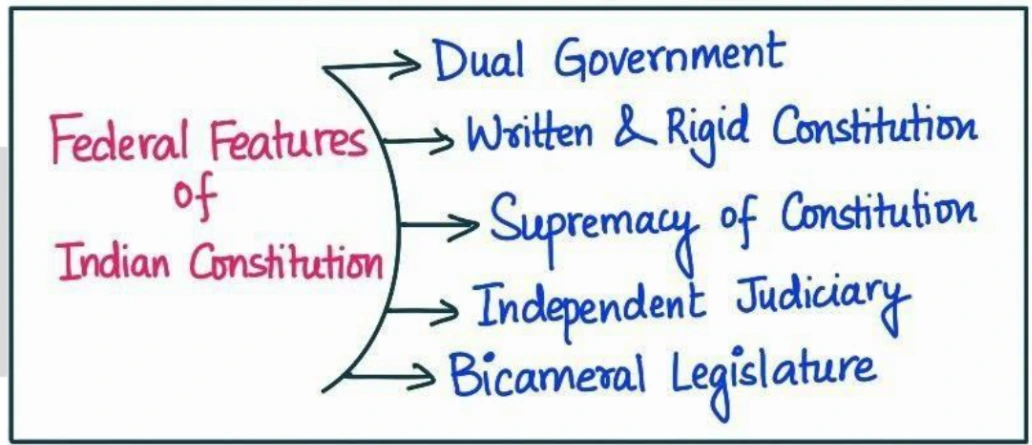Answer:
|
How to approach the question
- Introduction:
- Write about Indian federalism.
- Body
- Highlight the centralized decision-making character of Indian polity.
- Write about regional autonomy and decentralization of power.
- Conclusion
|
Introduction:

India, as a union of states, is governed by a constitution that reflects a careful equilibrium between centralized decision-making and regional autonomy. The functions and responsibilities assigned to the Union and the states establish a delicate balance that promotes unity while respecting the diverse needs and aspirations of different regions.
Here are some key points that highlight centralized decision-making character:
- Centralized character of the Indian Constitution: The 7th Schedule of the Constitution leans towards the central government, reserving important provisions for its jurisdiction.
- For example, defence, foreign affairs, and currency are under the exclusive control of the Union government.
- States are not indestructible: Under Article 2 of the Indian Constitution, the central government has the authority to redraw political boundaries and reorganize states.
- Provision of Single Citizenship: Articles 5-11 provide for a single citizenship in India, emphasizing the unity of the country over individual state identities.
- No Equality of Representation of States in Rajya Sabha: The Rajya Sabha, the upper house of Parliament, does not provide equal representation for all states.
- Emergency Provisions: During times of emergency, the central government gains extensive control over the states through provisions under Article 352, 356, and 365.
- All India Services: The recruitment, training, and posting of officers belonging to All India Services are under the control of the central government.
- Integrated Audit Machinery: Under Article 148, the Comptroller and Auditor General (CAG) operates as an integrated audit machinery at both the central and state levels.
On the other hand, the Constitution also provides for regional autonomy and decentralization of power:
- State List: States have exclusive legislative authority over subjects listed in the State List, such as health, education, law and order, and police, giving them substantial autonomy in governing these areas.
- Finance Commission: The Finance Commission, established under Article 280, ensures the equitable distribution of financial resources between the Union and the States.
- Special Provisions for Certain States: Certain states, like Nagaland and Mizoram, have special provisions under Article 371. These provisions grant them specific safeguards and autonomy.
- Appointment of Governor: The appointment of governors under Article 153 is aimed at protecting the interests of states and promoting regional autonomy.
- Inter-State Council: Under Article 263, it promotes cooperation and coordination between the central government and the states, providing a platform for dialogue and consensus-building.
- Panchayati Raj System: The 73rd Amendment Act of 1992 introduced the Panchayati Raj system, which establishes a three-tier system of local self-government at the village, block, and district levels.
The Indian Constitution strives to strike a balance between centralized decision-making and regional autonomy. While the central government holds significant powers, there are provisions in place to safeguard regional autonomy and decentralize authority. This balance aims to protect national interests while acknowledging the diversity and aspirations of different regions within the country.
To get PDF version, Please click on "Print PDF" button.


Latest Comments